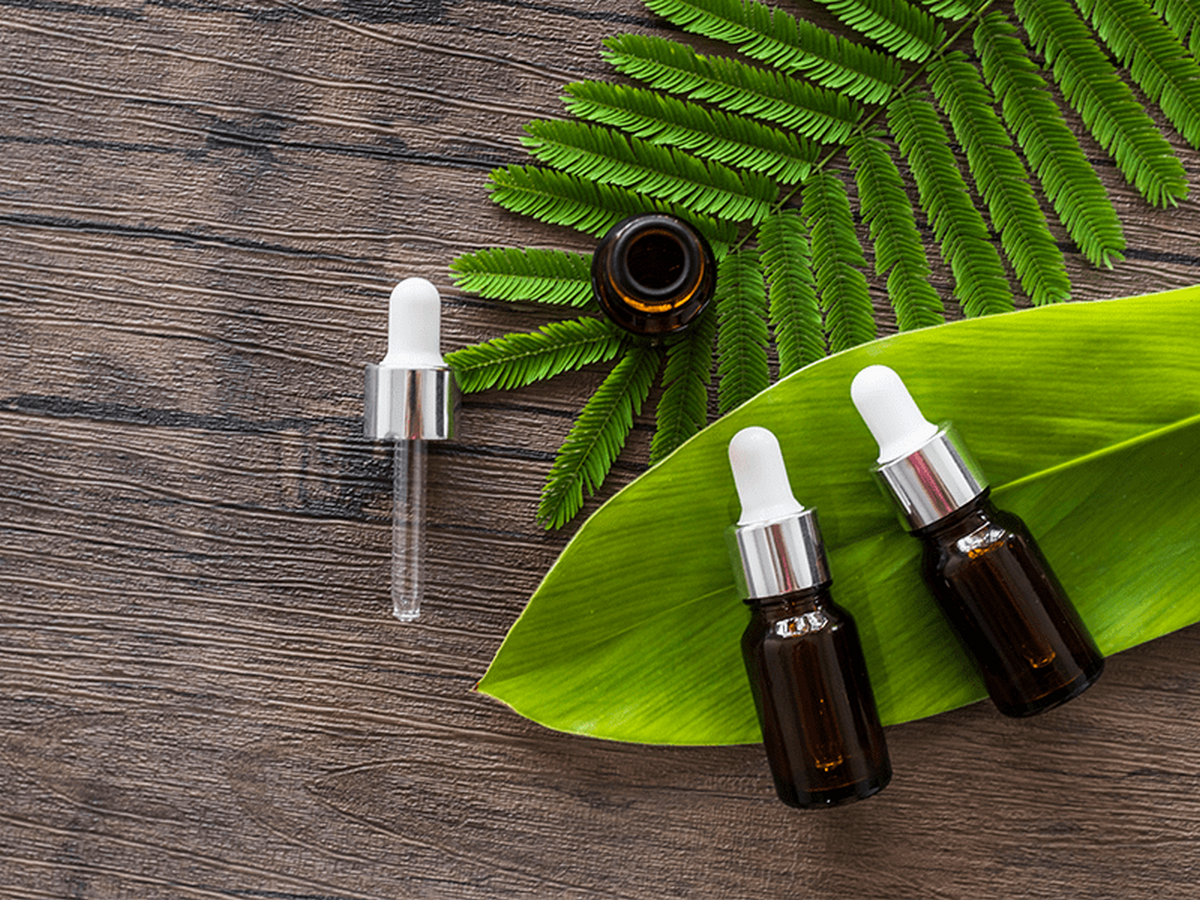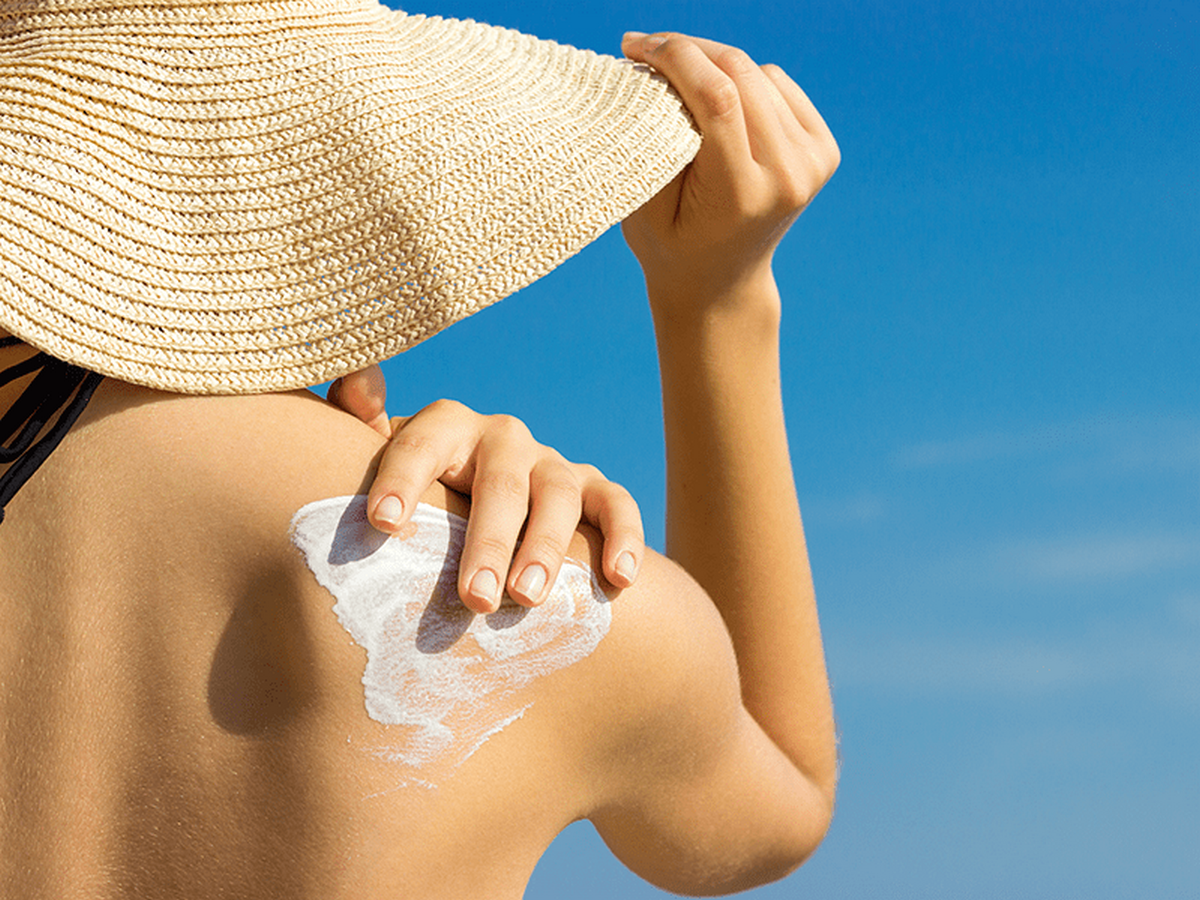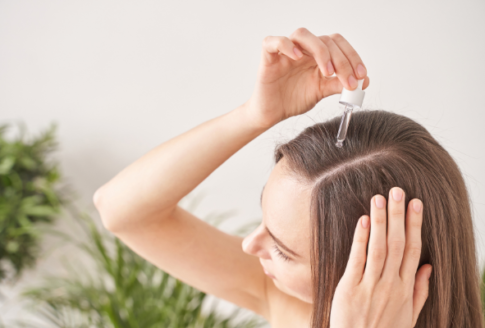Keratosis pilaris: How can be treated?

Keratosis pilaris, also known as “chicken skin” is a common but completely harmless condition, but it can sometimes cause emotional discomfort. Very small spots or bumps appear, red or brown, around the hair follicles on the arms, legs, buttocks and more rarely on the cheeks.
Small corneal plugs (1-2 mm in diameter) block the hair follicles in their upper part, resulting in a feeling of roughness at the touch of the skin – the skin looks like it has shivered and many confuse this condition with acne. Small dry bumps are actually dead skin cells. Itching may occur rarely but there are usually no symptoms.
Table of Contents
Keratosis pilaris and causes
Keratosis pilarisis the result of an accumulation of keratin, a hard protein found in hair, skin and nails. The keratin forms a scaly plug that blocks the hair follicles. Dermatologists talk about “pistons” that block the openings of the hair follicle. When many pistons clump together at one point, they cause rough and uneven skin. The result is a small lump. The cause of keratin accumulation is unknown.
It is believed that there is an inherited predisposition. However, keratosis pilaris is not a contagious condition. The condition most often affects women. Hormonal changes can cause exacerbations during pregnancy. For reasons not understood, the condition appears to improve in summer and worsen in winter [2]. It gets worse when there is low humidity and when the skin tends to become drier.
Also, the problem manifests itself in childhood and becomes more and more apparent during adolescence – more than 50% of adolescents are affected [1]. Anyone can be sensitive to this situation. It is more common in the second decade of life but improves and is often exceeded by the age of 30. However, there are people who still have keratosis pilaris in their 40s and 50s.
Keratosis pilaris is more common in those with dry skin, eczema, fish, pollen allergy, diabetes, obesity and poor nutrition. In fact, the role of diet is unknown but vitamin A deficiency causes symptoms similar to follicular hyperkeratosis.
Keratosis pilaris and treatment
Most people have this condition for years, which eventually clears up on its own. Until then, there are a few things you can do to improve the appearance of your skin. You should know, however, that keratosis pilaris is a persistent dermatological condition for which there is no cure in the sense of cure. The treatment is intended to improve the image.
Most of the options include home care measures, usually creams that soften the accumulated keratin in the skin and prevent it from drying out more. Do not irritate the skin with aggressive cleansers. After cleansing, hydration must follow.
The general rule is that the skin should not be dry so it needs regular hydration during the day. Also, some prescription topical creams can remove dead skin cells.
Take a quick, cool or warm shower, something that can help you relax your pores. Gently rubbing the skin can help remove small bumps but it is important to limit your time in the bath, as more time can remove natural oils from the skin. Use mild and unscented soaps or bath products. Avoid hard rubbing of the skin – this can make the condition worse – do not take hot showers or scratch your skin.
Note that one study found that three sessions in which laser was used significantly improved [3].
At Vita4you.gr you will find a variety of products for hydrating the body!
References
Disclaimer
The content of this blogspot is not and can not be considered as medical advice, diagnosis or treatment. All information is provided to readers solely for informational purposes. There is no intention to substitute this content for personalized medical advice, diagnosis, prognosis or treatment.











Leave a comment